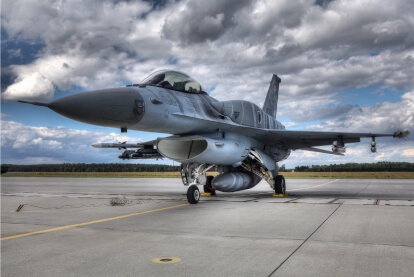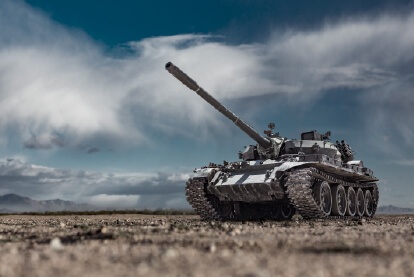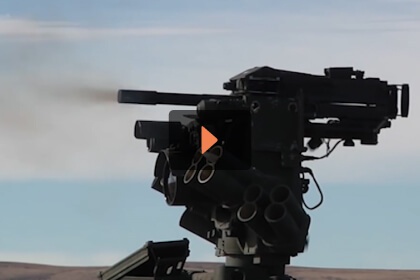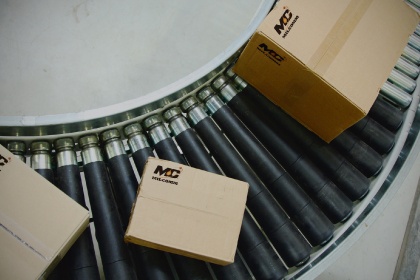It’s 19 degrees outside this morning as your faithful Blog Editor stirs his coffee and tries to warm his frosty toes by the space heater. Which brings to mind an email we received the week before last from a long-time user of MIL-COMM extreme performance gun care products:
Since retiring from the entertainment business in L.A. and moving to northwestern Montana 6 years ago, my habit of using only the TW25B family of weapons products has really come in handy. It gets really, really cold, rainy, snowy, damp and dangerous up here, with wild critters everywhere, and an ever growing population of big wolves adding to the common threats from the coyotes, the big cats and both grizzlies and black bears. Two months ago our dogs treed a big puma that had gotten into our fenced in property in the middle of the night — within 100 feet of the house. My wife and I use the Mil-Comm/NRA Licensed Gun Care System TW25B line of lubes and cleaners on all of our many firearms and all the outdoor hardware, gating and hinges too. Whatever goes squeek or bang! The stuff just won’t allow any of it to freeze and fail. It doesn’t seem to absorb any humidity or moisture, and doesn’t seem to care if it is 95 degrees in the summer or 35 below zero in Winter! We trust our lives to our guns up here in Big Sky Country, and we trust only TW25B to make sure they work for us every time, no matter what Mother Nature is throwing at us.”
Steve B. / Trout Creek / Montana
Bad Weather Versus Good Guns — Part 2
Well, thanks for that, Steve. Stay safe, brother.
Since we’re talking cold temperature performance, your faithful Blog Editor would like to add that some real cold weather cats — the Royal Canadian Mounted Police, no less — use the same TW25B synthetic grease to keep their firearms in fire-ready condition in the frigid cold of Canadian winters.
So while we’re on the subject of bad weather making life difficult for good guns and good people, here’s some more to chew on, Frosty.
Firing Guns in the Cold
As gun owners head into wintery months, lower temperatures can become a factor, not only for the shooter but for the firearm itself. A hunter or a soldier, for that matter, operating a firearm under extreme cold conditions can experience operational failure. Some believe that barrel damage could occur, but the more common scenario is simply parts freezing up due to either freezing condensation on critical parts, or due to counterproductive materials on those surfaces.
Over the years, it has been well documented that many traditional lubricant and cleaning materials will actually cause firearm malfunctions. Many gun oils and greases are solvent and petroleum-based. Though many companies claim that the products perform well in below zero temperatures, they usually do not work as advertised. At some point, those materials have been known to gum up, or coagulate on high wear parts, which will slow down functionality if not prevent a ballistic event from occurring all together.
The consensus is that, especially in arctic climates, you want gun parts that are free of debris. So, the best lubricant protectant is going to be something that has minimal presence while delivering real extreme cold temperature performance. TW25B grease is one of those proven materials, which is a synthetic, PTFE-based lubricant. It lubricates with just a modest, polished-in application that helps firearms operate flawlessly, keeping the ice crystales from adhering to critical metal surfaces.
Whether you are hunting in the Great Plains for Black Bear, Coyotes or big cats like a Puma — or just thinning out a heard of pesky varmints like Prairie Dogs or Rabbits — the last thing you want is a gun malfunction to spoil the moment, if not scare off your game target. Deer, moose and elk definitely get spooked pretty easily. It’s hard enough to address effective camouflage, acoustics and masking human scent. You want something good to happen when you squeeze that trigger — and extreme cold can play havoc with that.
You need to fight cold temp, too.
The dedicated hunter knows that it may take many hours, if not days, to get the shot of a lifetime, which often means a long wait in harsh environments. They don’t have it as easy as ice fishermen in an insulated shack. Instead, apparel selection is important for those who want to be comfortable or, worst case, prevent frostbite. Beginning with headwear, a comfortable, insulated hat that hopefully offers ear and neck coverage would be a smart move. Depending on the jacket’s neck styling, you don’t want to lose warmth in such an important heat loss area. Some folks wear full face masks, scarves and other neck warmers. Under the jacket, which usually features a camo pattern, you want at least a base layer underneath a turtleneck style shirt and sweater or sweatshirt, depending on what’s comfortable. Choice of pants would follow the same reasoning, with long johns underneath to provide better insulation.
For footwear, I know plenty of people who believe in two layers of socks, which would entail a thin base layer material directly in contact with your feet and a thicker better insulated wool or high tech synthetic sock for the outer layer.
Then, picking the right boots is essential. There are many well built footwear designs. Most will opt for something with a waterproof styling, along with Vibram sole or similar tough tread construction. The height of the boot is another factor, dependent on the rest of your outfit and your hunting environment. In the end, distance walking comfort in unrefined terrain is probably the most critical consideration, which will entail finding model with good arch and ankle support.
Don’t let me forget hand warmth. The trick is finding gloves – at least base layer gloves – that provide maximum range of motion since you are going to need to pull a trigger or possibly handle a bow and bowstring with them on, unless you go for a brief barehanded exposure while firing. Outer gloves should be well insulated, but you also want to look for valuable features like a pull tab to get them on easily for good functionality. Look closely and try them on, and take note of how the fingers are spaced and stitched along the finger webbings, especially between your thumb and forefinger.
Last but not least, do your homework and find one of the many gear packs or backpacks that work for you, keeping functionality, ease of use and comfort in mind.
Enough details! Get out there.













